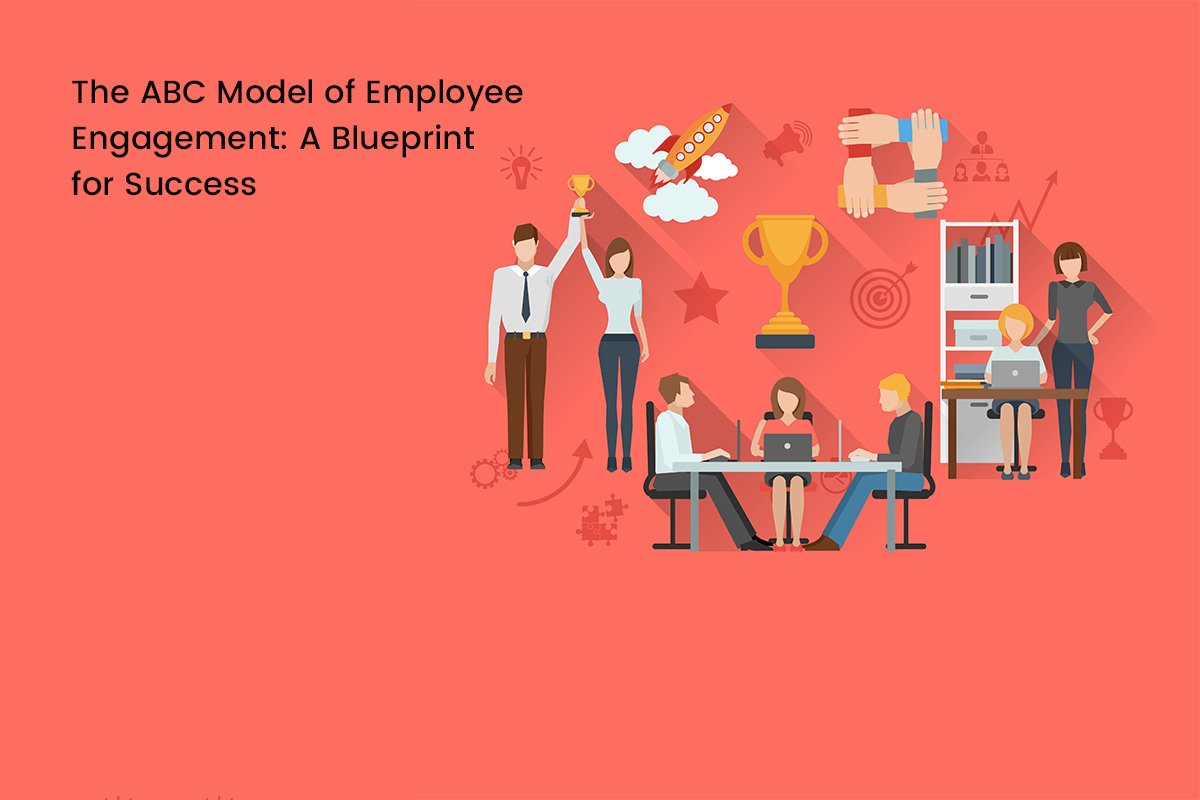Employee Engagement Model
To effectively understand and enhance employee engagement, organizations often rely on employee engagement models. These models provide a structured framework to assess and improve engagement levels within the workforce. By following such models, organizations can identify key factors that contribute to engagement and implement strategies to foster a more engaged workforce.
The ABC Model of Employee Engagement
The ABC Model of Employee Engagement is a widely recognized framework that focuses on three key elements: Ability, Belonging, and Challenge. This model emphasizes the importance of providing employees with the necessary skills, creating a sense of belonging and connection, and offering meaningful challenges to foster engagement and motivation.
A: Ability
Ability refers to the skills, knowledge, and resources employees need to effectively perform their roles. Engaged employees have the necessary tools and training to excel in their jobs, allowing them to contribute to the organization’s success with confidence and competence.
B: Belonging
Belonging highlights the significance of creating a supportive and inclusive work environment. Engaged employees feel valued, included, and connected to their colleagues and the organization. They experience a sense of community, trust, and psychological safety, which encourages collaboration and promotes engagement.
C: Challenge
Challenge involves providing employees with stimulating and meaningful work. Engaged employees thrive on tasks that stretch their abilities, promote growth, and provide opportunities for learning and development. Challenges ignite their motivation, creativity, and desire to excel, leading to increased engagement.
Tips for implementing the ABC Model of Employee Engagement
Implementing the ABC Model of Employee Engagement requires a proactive approach. Here are some tips to effectively apply this model within your organization:
Ability:
Provide ongoing training and development opportunities to enhance employees’ skills and knowledge.
Offer resources and tools that enable employees to perform their roles efficiently and effectively.
Foster a learning culture that encourages continuous improvement and professional growth.
Belonging:
Promote a supportive and inclusive work environment that values diversity and respects individual differences.
Encourage open communication, feedback, and recognition to create a sense of belonging and appreciation.
Facilitate team-building activities and initiatives that foster strong relationships and a positive work culture.
Challenge:
Assign tasks and projects that stretch employees’ capabilities and provide a sense of purpose and achievement.
Provide opportunities for employees to take on new responsibilities and explore their potential.
Encourage innovation, creativity, and autonomy to stimulate engagement through challenging work.
Conclusion
The ABC Model of Employee Engagement offers a valuable framework for organizations to understand and enhance employee engagement. By focusing on Ability, Belonging, and Challenge, organizations can provide employees with the necessary skills, create a sense of connection and community, and offer meaningful and challenging work. By implementing this model and following the tips provided, organizations can cultivate a highly engaged workforce that drives productivity, innovation, and overall success. Prioritizing employee engagement not only benefits employees but also creates a positive and thriving work environment that supports the organization’s long-term growth and prosperity.







Post a Comment